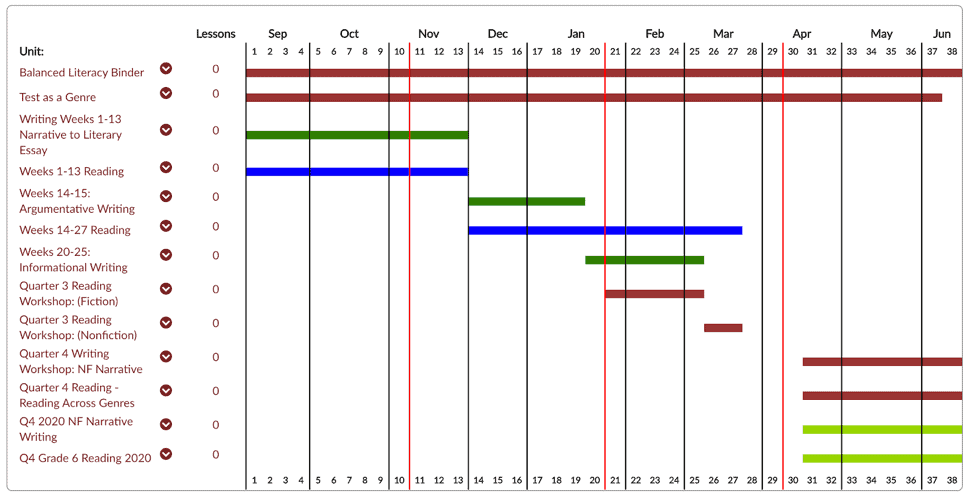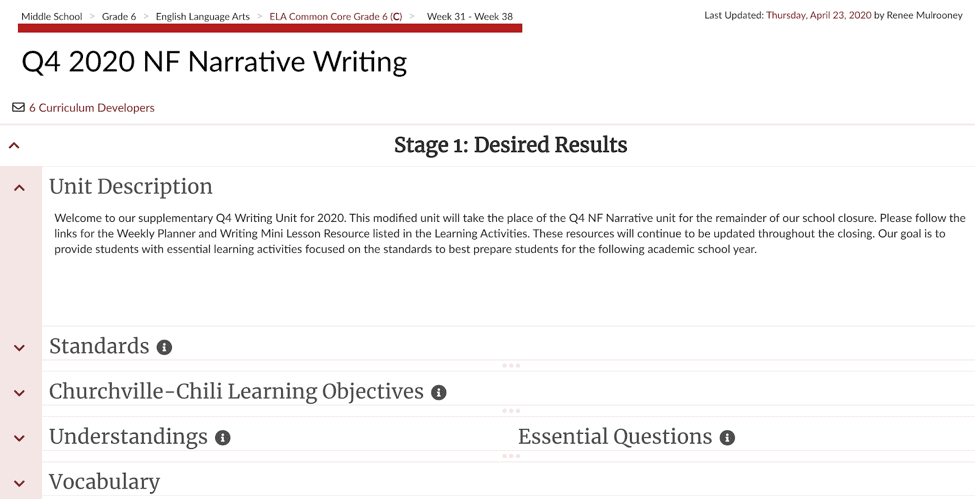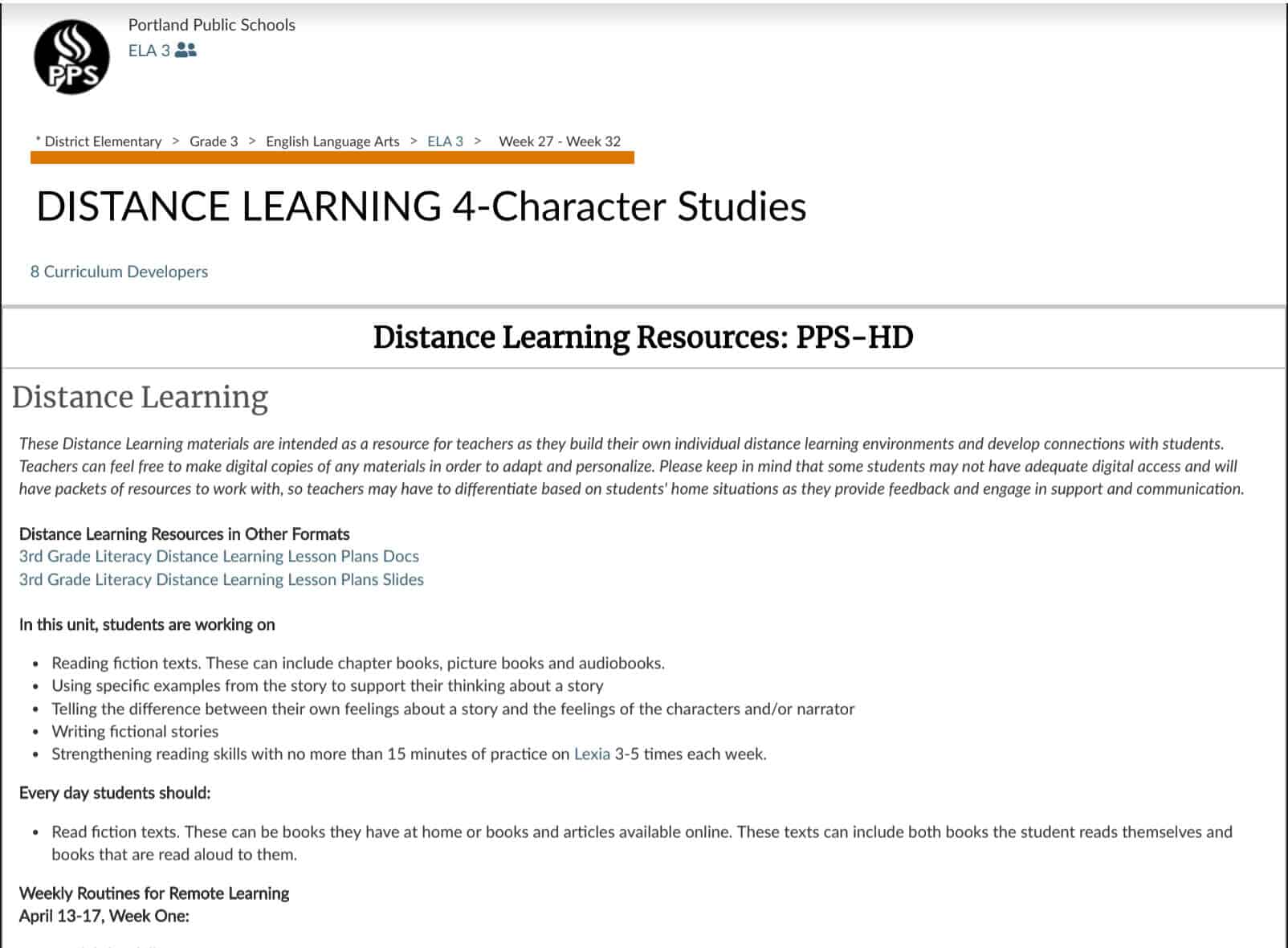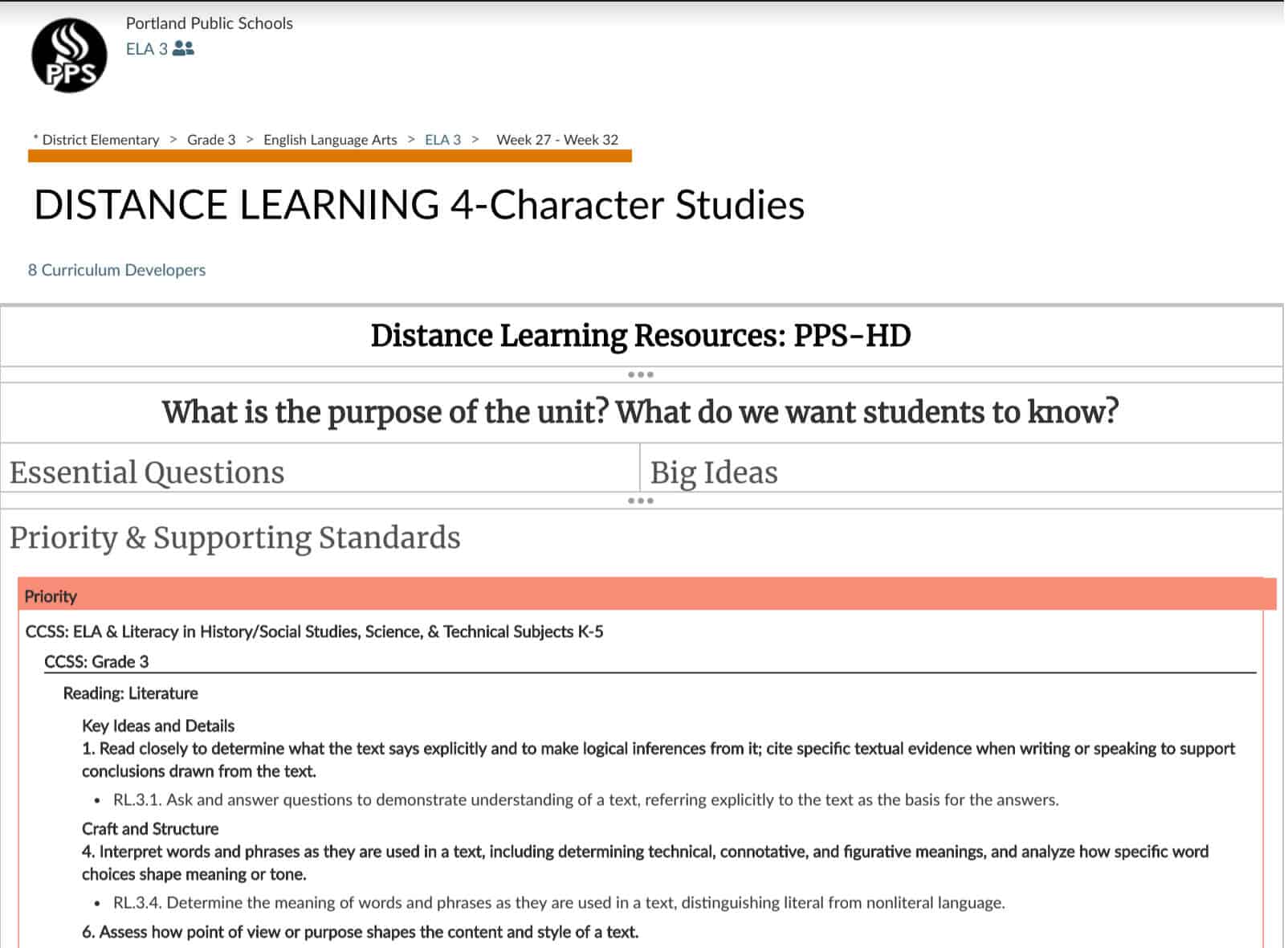As schools and districts across the globe rise to the challenge of moving from in person learning to remote learning, there have been all the feels. From nervousness, confusion, uncertainty to problem solving, creativity, collaboration. What has stood out has been educator innovation.
Innovation is generally understood as “the successful introduction of a new thing or method”, according to Brewer and Tierney, 2012. Specific to educational innovation, Serdyukov added in 2017 that to “innovate is to look beyond what we are currently doing and develop a novel idea that helps us to do our job in a new way. The purpose of any invention, therefore, is to create something different from what we have been doing, be it in quality or quantity or both.” The US Department of Education recognizes many forms of innovation and this current Covid-19 pandemic is challenging educators to develop and test these instructional techniques or delivery systems, such as the use of new technologies in the classroom, at a blistering pace and to consider scaling these ideas in equitable and efficient ways.
Synchronous and asynchronous learning have quickly been added to our working vocabulary. The first refers to a learning event that takes place at a set time, such as face to face instruction or online distance learning using technology for video-conferencing or chatting. In our current situation, teachers turned to platforms like Zoom and Google Hangouts to deliver content in real time. Asynchronous learning refers to learning that occurs without real time interaction through learning management systems and an amalgamation of tools. What remains constant is the need and importance of the curriculum, the path of learning. Schools experiencing remote learning have been (forced) to reexamine their curriculum and make modifications and adaptations in response to the variety of factors involved in their unique situations.
The key to these modifications and adaptations for many schools has been deciding, quickly, what the essential standards or objectives are and what is secondary or even dropped for now. Having the learning and curriculum documented will be a critical piece to the puzzle when it comes to planning for the 2020-2021 academic year. What we do today will impact how we plan for the learning of tomorrow.
Schools and districts are taking different approaches to how they document the curriculum during this particular period of time. As partners in education, we reached out to several schools and asked them to share their learning and innovative shifts as they provide a framework for their curriculum. We greatly appreciate their willingness to share their ever-evolving work in progress in the spirit of support and collaboration during this time!
Creating District Wide Distance Learning Units
 Portland Public Schools, Oregon
Portland Public Schools, Oregon
Tarehna Wicker
Humanities Academic Program Associate
Portland Public Schools just started the process of documenting their curriculum in Atlas in the Fall of 2019. Tarehna shares their insights as they move to distance learning and the process of creating consistent units across a larger urban district that support all learners and teachers.
What shifts did you make to Atlas to support remote learning? And why?
- Before schools were closed, we created a Remote Learning mapping category in our unit template. We've since changed the name to Distance Learning: PPS-HD. PPS-HD is the district name for all of our Home-based Distance Learning materials - including curriculum in Atlas and our online learning modules and all other distance learning tools.
- We knew it was going to be important to have a centralized, consistent, and easy-to-access point to distance-learning resources, and since Language Arts and Math were already built-out and we were ready to provide training and support, Atlas was a natural fit. It was easier for us to make some clearly delineated changes to our existing curriculum, adding new units when needed, than it would have been to create something new from scratch.

- Early in the process, central office teams started converting existing curriculum for distance learning or creating new units designed specifically for distance learning. This was definitely an iterative process as we got more guidance from the state and as our mandate shifted from creating "supplementary learning opportunities" to true distance learning.
- As we modified units, we re-examined priority standards, scaling back to accommodate the reduced hours of instruction for distance learning.
- We provided some sample lessons and activities utilizing other platforms, particularly Seesaw as attachments or links in our PPS-HD units and used those units as the basis for our student-facing Learning Modules (available to students who are unable to connect with their classroom teachers).
What is working really well during this time?
Tarehna: I think what's helped us be successful is a clear naming protocol for our remote learning units. Even when we modified existing units, we labeled them "DISTANCE LEARNING" and made them green in the unit calendar view. We also put the Distance Learning mapping category at the top of our units and color-coded it green as well.
The other thing that's working well is that we are aligning our student-facing Learning Modules with Atlas, which allows teachers to see a model of daily activities (albeit very simplified) aligned to our curriculum in Atlas, which is laid out by week. It also means we're doing what we can to give students in classrooms and students accessing content directly a similar learning experience, which should help mitigate some disparities.
[embed]https://faria.s3.amazonaws.com/Marketing/In-Use/Atlas/A+Conversation+on+Supporting+Teachers+Virtually.mp4[/embed]
Streamlining Curriculum and Professional Development
 Churchville-Chili Central School District
Churchville-Chili Central School District
Susan Witter
Director of Curriculum, Assessment and Professional Development
Churchville-Chili Central School District is an academic leader in Western New York. The medium sized district started their curriculum development journey with Atlas in 2012. Since the initial curriculum development phase, the district has implemented a rigorous curriculum articulation, review, and revision processes.
What shifts did you make to Atlas to support remote learning? And why?
We copied our current 4th quarter ELA and Math (K-6) units and renamed them from whatever their current unit name was and then added “2020” to it.

Our instructional coaches worked with our instructional leaders at each grade level - lots of Zoom meetings - to identify priority standards for the 4th quarter, but also considered some other factors:
- Which standards did the next year's teacher really want emphasized?
- What standards had we already spent a lot of time on?
- What standards seem feasible to teach in a remote learning situation?
Next, they wrote a brief unit description to explain the temporary nature of these units.

Then, they linked weekly planners into the Learning Activities box, that they had been developing on google docs that give more specificity to the daily teaching. Finally, they added resources in the "Resource" section of the unit template.

What is working really well during this time?
Susan: We were mostly a 1:1 district before the closure, but we have certainly provided mini Professional Development online for our teachers around technology tools. We have an amazing team of coaches and our communication has been strong. Lots and lots of Zoom meetings. We have worked hard on keeping our grade level teachers, across 3 elementary buildings "on the same page."
We have tried to respond to feedback from parents and teachers and have tried to keep things simple and streamlined. Most of our teachers were using Google classroom before the closure, but we organized a quick Superintendent's Conference Day on March 16 (the last day that teachers were on site) to give everyone a crash course in managing Google Classroom and threw together a quick plan for a few weeks. The first few weeks of remote learning was primarily review and catch up, but starting April 13 we shifted to new learning.



